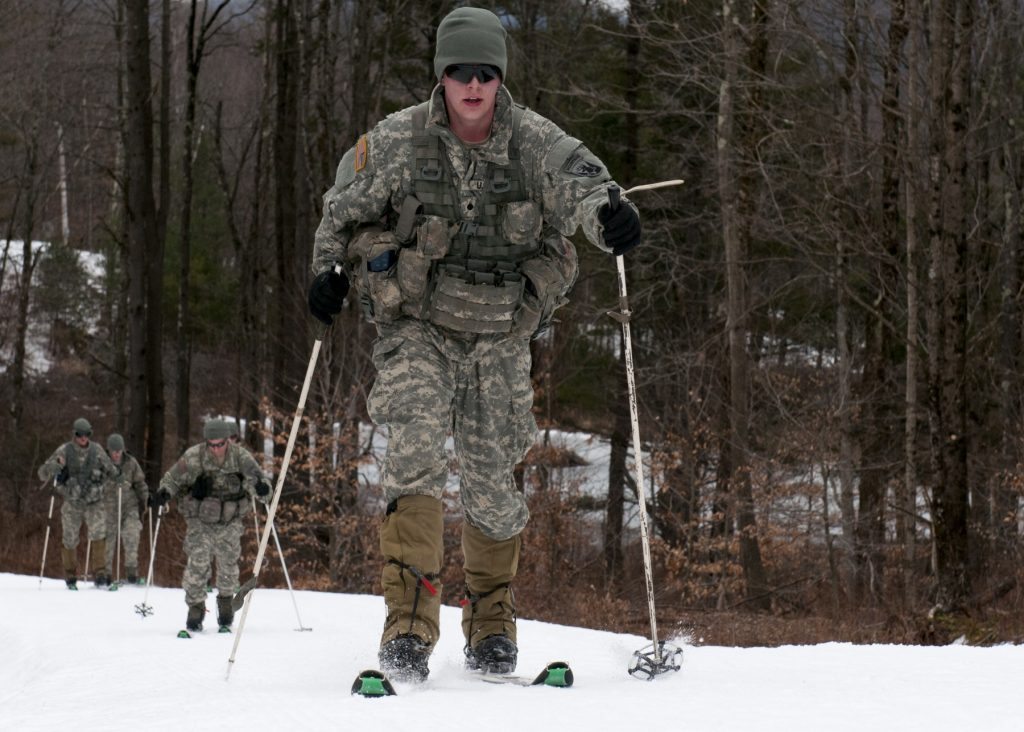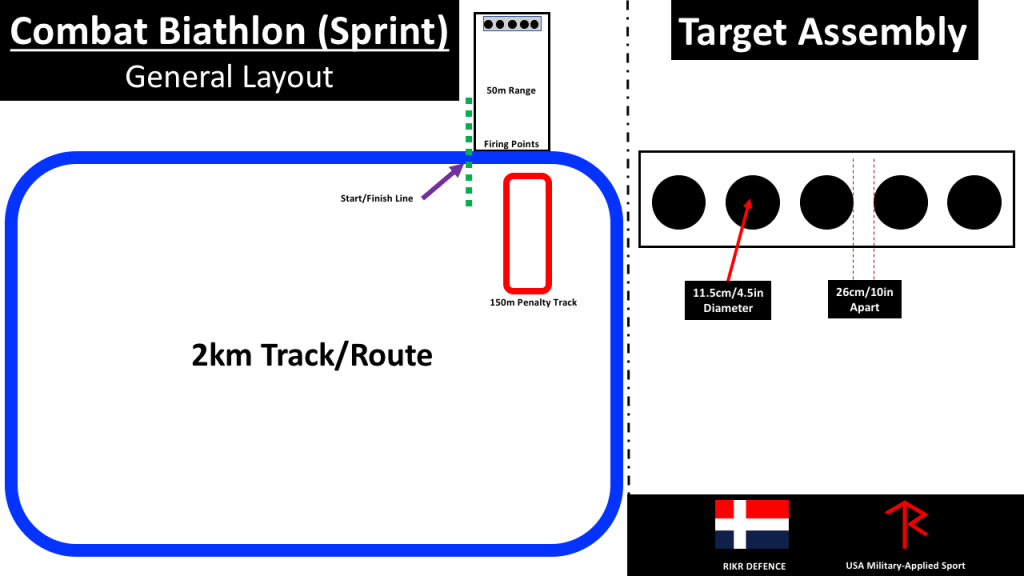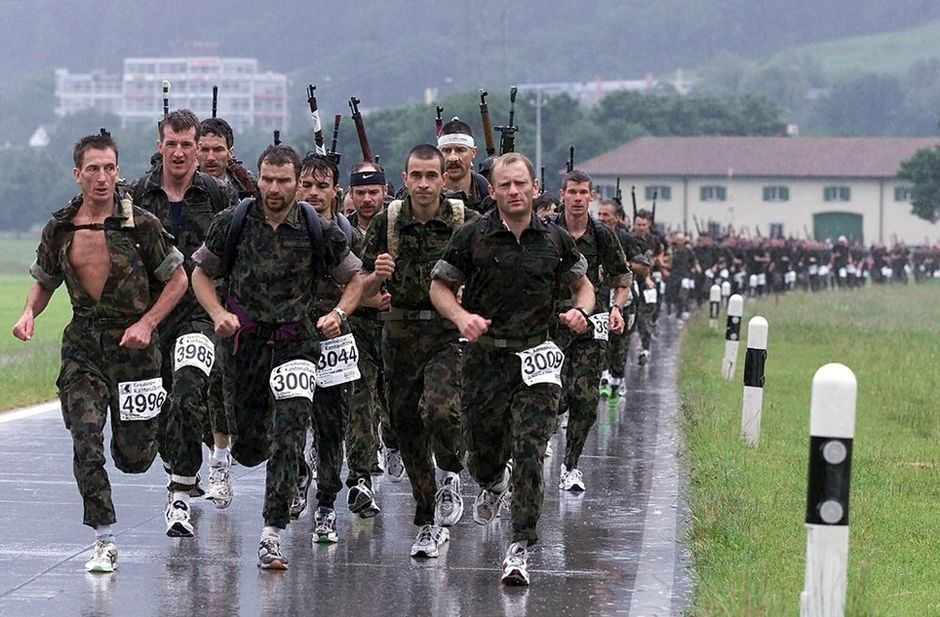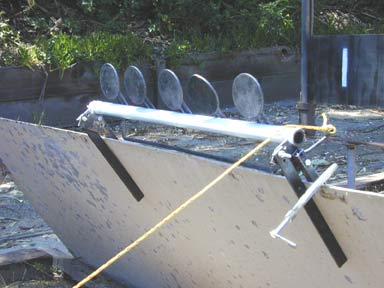If you’re a reader of Spotter Up then it’s safe to assume you count yourself as a member of the “tactical community”. As such, I have to assume that you are preparing yourself for the moment none of us wants – that moment when you are forced into combat. Chances are you have a rifle and all the fancy accessories. You probably have lots of tactical nylon and tactical clothes. You probably practice shooting on the flat range as much as possible. All of this is fine. But what metrics are you using to know if you can actually perform when things go really sideways?
Metrics are a big deal and they can make or break most things. Let me give you an obvious example if catastrophic failure. I spent a lot of time in Iraq. I was literally first in and last out. During that time, I got to work with a lot of people, including military Civil Affairs and the State Department. When you are rebuilding a country, obviously rebuilding the infrastructure (roads, bridges, schools, water purification, agriculture, etc.) is what needs to happen. Therefore, you would think that CA and State would measure and report on the number of successful projects they facilitated. If you think that is what happened, I have some Mediterranean shore front real estate available in Montana.
In a shocking display of ignorance and stupidity, CA and State measured and reported on how many millions of dollars they had handed out to local warlords and corrupt officials. Did you ever wonder why Iraq’s infrastructure never actually got rebuilt? Simple, the corrupt bastards they gave the money to never bothered to have the projects built. They pocketed the money and asked for more. That was convenient because the more this happened, the more CA and State could show they were handing out and since that was the metric, they declared their efforts to be a great success. You cannot make this crap up.
When it comes to tactical training, you can fool yourself in many ways. Your ability to shoot well on a flat range without ever replicating the conditions of combat and fatigue is no better than the State Dept. handing our cash. This is a critical point that people really must understand. To understand it we need to deconstruct it from the point of view of sports training.
It’s well accepted that if the Denver Broncos only did individual skills work and a few play drills they would get crushed when it came time to compete. Your training in the tactical world is just that. Some skill work and a few play drills; hell, maybe you even go to the gym now and then. But how much do you really test your actual abilities? Oh sure, you go the occasional stress shoot and they’re fantastic, but they’re nothing more than a single play drill. What is lacking is conditioning, scrimmaging and competition.
To put an end to this there is a new organization run by RIKR Defence called USA Military-Applied Sport. One of their competitive events serves as a great test of your physical fitness and shooting skill under realistic levels of fatigue: The 10km sprint distance Combat Biathlon. The Biathlon is a very old military sport that is rarely practiced in a realistic manner. The point of Military-Applied Sport is to provide a competitive opportunity without watering down the military applicability. Combat Biathlon is just such an event that you can set up for yourself at the local range. It’s simple and designed to push your skill under fatigue conditions. The less skill and physical fitness you have the worse this is going to be.

To run the sprint distance Combat Biathlon you need:
- 50m shooting range with a steel target array that comes close to the regulation array (see picture below and download the score card with instructions here). Target array should be 50m from the firing line and 100cm/39in above the ground.
- A service rifle (we prefer AR & AK variants) with seven 30-round magazines and sling.
- Military uniform with boots or trail running shoes.
- Load bearing equipment weighing, when loaded, no less than 8 kg and no more than 16 kg.
- A 2km running route that starts and ends at one end of the shooting range.
- A 150m penalty route that starts and ends close to the exit point of the range.
- A stopwatch and gear scale.
- A scorer with a score card.
Once you have set things up it’s time to race the clock and see how good you really are!
- The scorer will fill out the paperwork, weigh and inspect your gear and rifle while you warm up.
- At the designated time you will don and check your equipment under the scorer’s supervision.
- You and the scorer will identify and inspect the lane and target assembly you will use.
- Line up on the start/finish line. The scorer will give the GO signal.
- Run the first lap of the 2km track, halting at your firing lane. You may run with the rifle in any place but we highly recommend figuring out a way to sling it on your back with the barrel up.
- With the rifle pointed downrange, load one magazine and engage the five targets with five rounds.
- Safe, unload and clear your rifle while keeping it pointed downrange and present the open bolt and empty chamber to the scorer who will be standing directly behind you.
- The scorer will visually confirm weapon status and tell you the number of penalty laps you must run. For example, “CLEAR, TWO LAPS!” If the number is zero then the scorer will yell, “CLEAR, CONTINUE!”
- Each 2km lap requires a different shooting position. In order those positions are: 1) Standing 2) Kneeling 3) Seated 4) Prone.
- The last lap terminates at the START/FINISH line. The competitor with the fastest time wins. In the event of a tie, the competitor with the fewest misses wins.
There you have it! A simple but sinister test of combat fitness and skill that you and a buddy can do right now, today!
NOTE:
Does 10km scare you? No problem! Cut the distance in half, making it a “Mini” at 5km. Each lap is 1km, not 2km. Everything else stays the same! Want to go longer? The full length is 20km, thus each lap is 4km. The rest stays the same. Easy day! Also, you can do this as a ruck march, run, swim or ski competition!
I have one favor to ask, other than to always err on the side of safety. USA Military-Applied Sport is new and we need YOU in order to grow. I’m asking you to not only take the Combat Biathlon challenge (any distance), and when you do, please make a video! Put “10km Combat Biathlon | Military-Applied Sport” in the video title and tags and share it to our Facebook Page so everyone can share and support. I think this is the dawn of something epic but it can’t happen without you! Enjoy the pain!



